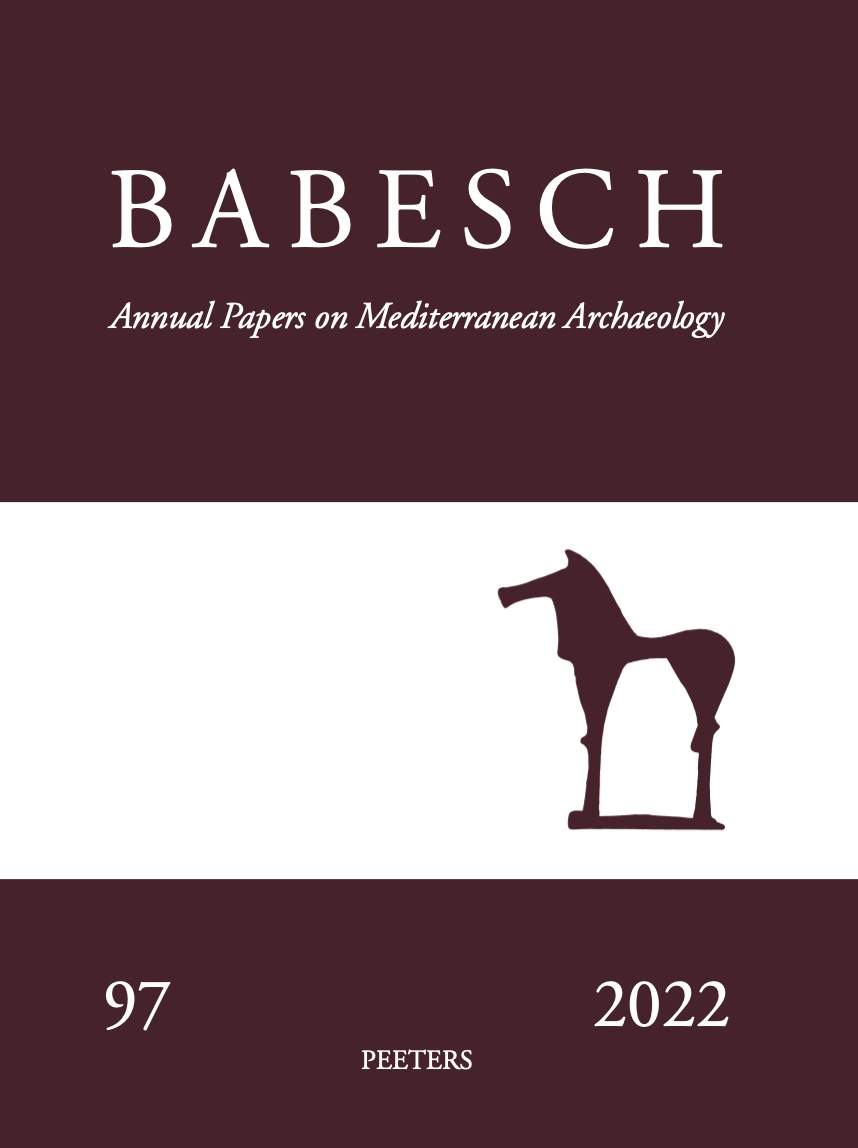 previous article in this issue previous article in this issue | next article in this issue  |

Preview first page |
Document Details : Title: Due rilievi dall'Isola Tiberina nel Palazzo Rondinini Subtitle: Sull'arrivo a Roma di Esculapio e della Magna Mater Author(s): MARCATTILI, Francesco Journal: BABESCH Volume: 91 Date: 2016 Pages: 209-223 DOI: 10.2143/BAB.91.0.3175651 Abstract : In this paper two marble bas-reliefs are examined that have adorned the courtyard of Palazzo Rondinini in Rome since the 18th century; these sculptures represent the arrival of the serpent of Aesculapius on the Tiber Island and the docking of the ship bringing the Mother of the Gods to the Latium coast. An attempt was made to show the origin of the two Tiber Island bas-reliefs, in particular from the excavations carried out by Thomas Jenkins in the area of the church of San Bartolomeo where, in Roman times, the shrine of Aesculapius was probably located. Therefore, a historical-religious assumption is determined and the cultural context that, during the reign of Antoninus Pius, in a particularly successful phase of the cult of Aesculapius and the metroac religion, induced authoritative patrons to commission two bas-reliefs with a rather peculiar iconography. This was on the occasion of the celebration of the 900th anniversary of the birth of Rome, in the context of a more general propaganda operation intended to recall collective events and important protagonists of the primodia Urbis. The cults of Aesculapius and the Magna Mater, of primary importance in the Pergamum pantheon, contributed to the exaltation of Rome’s Trojan lineage and the imperial family’s ancestors, the centuries-old syngeneia between Rome and Pergamum. |
|


